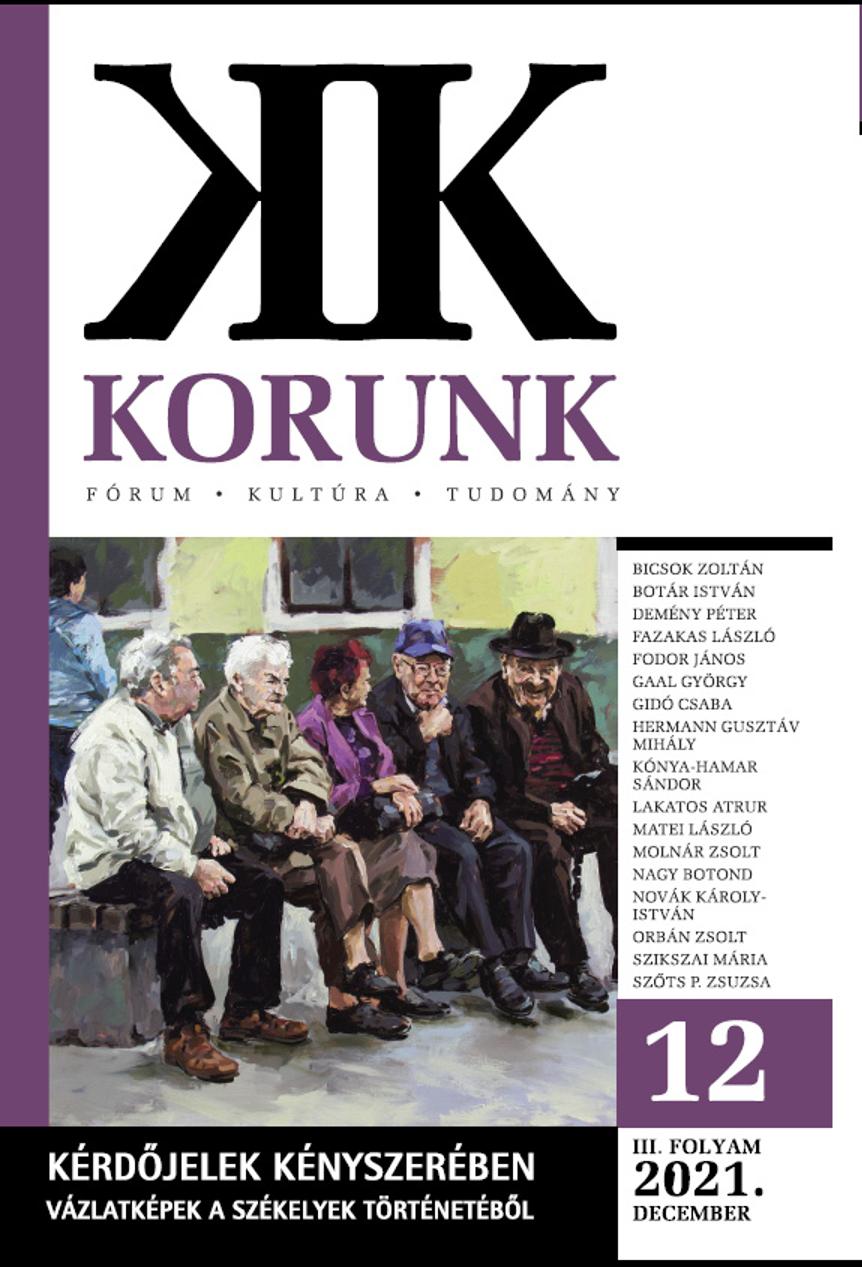Utak és vasutak Székelyföldön (A reformkortól a második világháborúig)
Roads and Railroads in Szeklerland – from the Reform Era to the Second World War
Author(s): Csaba GidóSubject(s): 19th Century, Pre-WW I & WW I (1900 -1919), Interwar Period (1920 - 1939)
Published by: Korunk Baráti Társaság
Keywords: Szeklerland; roads and railroads; Reform Era; Second World War
Summary/Abstract: The present-day appearance of the Szeklerland road and railway network is the result of a long process. As a result of the public road developments initiated in the Reform Era, the main routes in the region were 126 modernized, and between 1868 and 1915 the present-day local and state railways of the Szeklerland were built. The region was thus integrated into the economic and social circulation of the Carpathian Basin. The First World War put a considerable strain on the road and railway network, and damaged roads and bridges were only temporarily restored. In the period 1920-1940, after the change of empire, Romanian governments spent only a minimal amount of money on infrastructure maintenance. After the Second World War, the focus shifted from railways to roads, and during the decades of communism, the main routes were paved with concrete and asphalt. Roads and railways have played an important role in the economic and social development of the region, transmitting civilisational values.
Journal: Korunk
- Issue Year: 2021
- Issue No: 12
- Page Range: 62-73
- Page Count: 12
- Language: Hungarian

